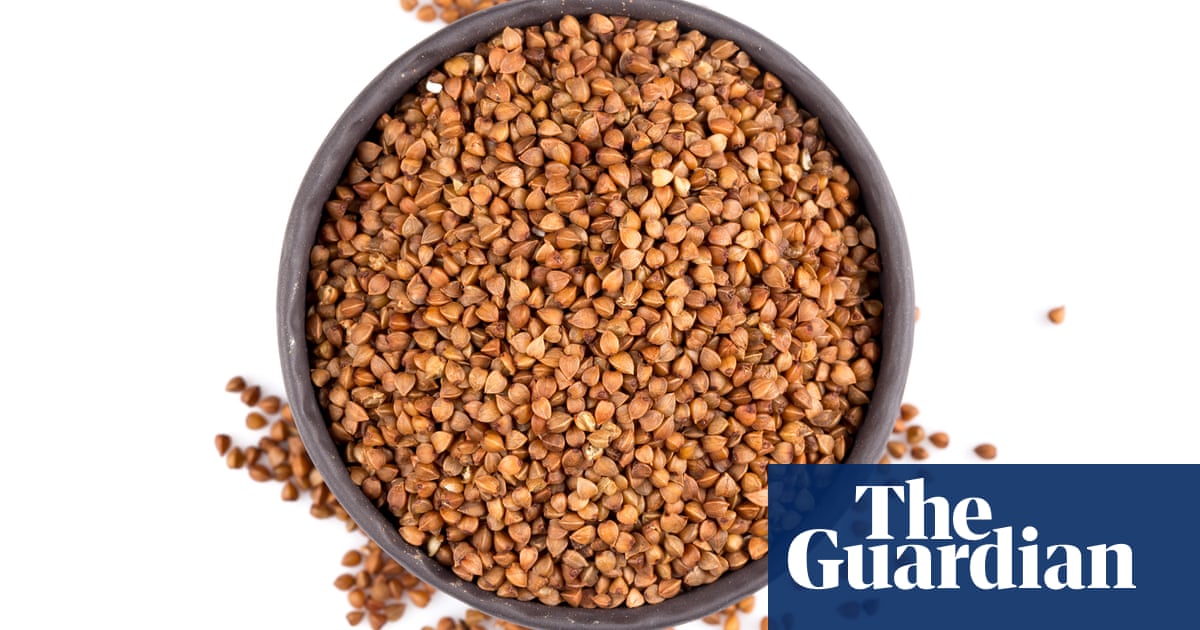
What are the best recipes for using the whole of a citrus fruit?
Jon, London E11
The most famous, of course, is Claudia Roden’s zero-waste orange and almond cake, and rightly so. She boils a couple of oranges in water until super soft, then cuts them open (discarding the seeds) and purees in a food processor. This is then added to a batter of eggs, caster sugar, baking powder and ground almonds, poured into a greased and floured tin and baked. The result is wonderfully moist, so if you haven’t tried this, Jon, it should be your first port of call.
Georgina Hayden, whose latest book Nistisima is released this month, also boils an orange for portokalopita, AKA her “all-time favourite way of using whole citrus – skin, pith and all”. For this orange filo pie, Hayden blitzes the boiled orange with yoghurt, eggs and sugar. “This custard is baked into finely shredded filo, which creates a light and interesting, sponge-like texture. It’s then drenched in a spiced orange sugar syrup and left to cool.”
Roden has a penchant for boiling lemons, too. In her latest book, Med, she cuts them into pieces (pips discarded) and nestles them between chicken thighs (which have been coated in olive oil, lemon juice, turmeric, ginger, honey, white wine and chopped garlic) on a roasting tray. She adds capers and olives, pours over the remaining oil/lemon mix (used for the chicken), and roasts. Boiling is also a good tactic for spent shells, says Douglas McMaster, chef-owner of Silo, the zero-waste restaurant in east London. “We blanch them to death in water – about six or seven times – to take away the tannic bitterness, then blend with sugar.” You’ll end up with an “incredible floral, bitter-sweet” lemon pith sauce that pairs beautifully with shellfish, brown crab (or any fish, really) or radicchio.
Peter Sanchez-Iglesias, chef-owner of Casamia and Paco Tapas in Bristol and Decimo in London, does likewise but with a slightly different method: “Add the same weight of water and sugar as you have leftover fruit, boil it and blend.” Eaten on yoghurt for breakfast, it is simply the zest (sorry).
If you have spare lemon juice or zest knocking about, Martyn Lyons, head chef at Toklas in London, turns them into curd (“for use in tarts, ice-creams or to dunk shortbread into”), while Hayden adds the latter to avgolemoni (“a Greek chicken and rice soup in which the broth is thickened with a mixture of egg and lemon”). Shaun Hurrell, chef-owner of Barrio Comida in Durham, meanwhile, uses lime juice in ceviche or turns the whole fruit into the Mexican sweet, limones rellenos de coco (or coconut-stuffed limes). “Boil limes in sugar syrup, scoop out the insides, then return the shells to the pan.” Stuff the candied shells with softened, shredded coconut.
Pickles and preserves are also ripe for the picking – don’t be afraid to mix and match fruits in, say, marmalades. “We preserve Marrakesh lemons by packing them in rock salt,” says Lyons, who also does the same to oranges and mandarins. “Both add a lovely, savoury perfume to soups, stews and braises.” Or blitz them into dressings or aïoli, or add the sliced zest to salads and carpaccio to put a pep in your step.












